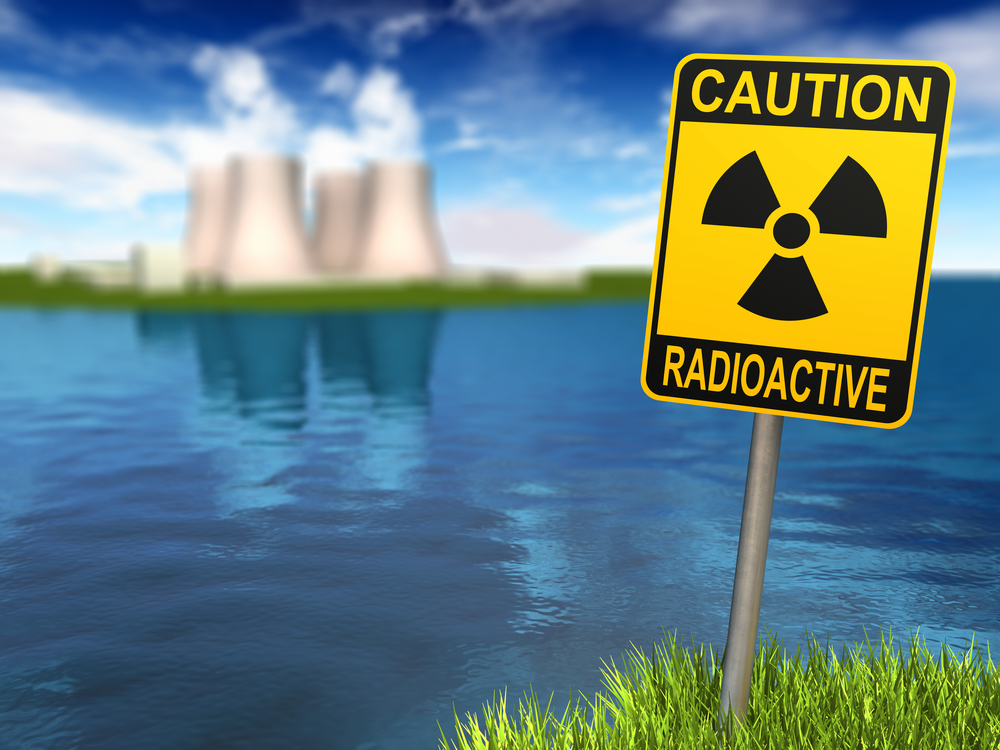
The earthquake that rocked Japan and the ensuing tsunami are responsible for the energy accident at the Fukushima power plant. There were many damages caused by the earthquake and ensuing tsunami to the power plant.
Following a powerful earthquake, a tsunami destroyed the power supply, and therefore, the cooling efforts of three Fukushima Daiichi reactors, causing a nuclear accident of epic proportions.
As cooling equipment failed, nuclear meltdowns ensued, releasing radioactive materials into the environment. Although emergency generators came into play, the ensuing tsunami climbed over the sea wall at the power plant and flooded low lying areas where those generators were housed, causing the reactors to overheat. Thereafter, chemical explosions occurred.
One year later, debris is cleaned up, homes and businesses are either repaired or torn down, and the landscape portrait of what once was the nuclear meltdown in Fukushima has been cleared up.
Residents who were displaced are now finally settling back in and returning to their communities. Travelers are able to travel down roads that were previously closed down. The number of volunteers that were previously there has diminished.
Reports are showing that survivors are emerging from shelters such as schools and town halls into longer term shelters and housing.
Although the major issues seem to have been dealt with, the bigger picture remains. That issue is bigger than life. The effects of the meltdown in Fukushima may not be seen for many years. How much radioactive material seeped into the environment via the air and water supply remains to be seen.
Scientists and doctors feel optimistic and enthusiastic that the numbers are not going to be high. There are several areas that need close follow up and for a long time to come.
• Radioactive decontamination
• Rebuilding the economy
• Rebuilding efforts
• Policies and procedures for no building zones
• Physical impact of the disaster
• Emotional impact of the disaster
As with any other tragedy, the physical damage to the human body, the physical damage to the landscape, and the mental damage in forms of post-traumatic stress disorder are things being addressed one year after the earthquake.
Research, study, and investigation into the short-term and long-term possible effects are showing that radiation effects from the meltdown appear to be minimal. Much of the radiation blew off shore. It seems as though exposure to workers and volunteers at the site are at minimal risk for having been exposed or contaminated by radiation. That is good news to those involved.
Industry in Japan has been hurt by this devastation, but government and organizations, and other individuals in the form of volunteers continue to clean up the mess not only physically and mentally but also emotionally left behind.

